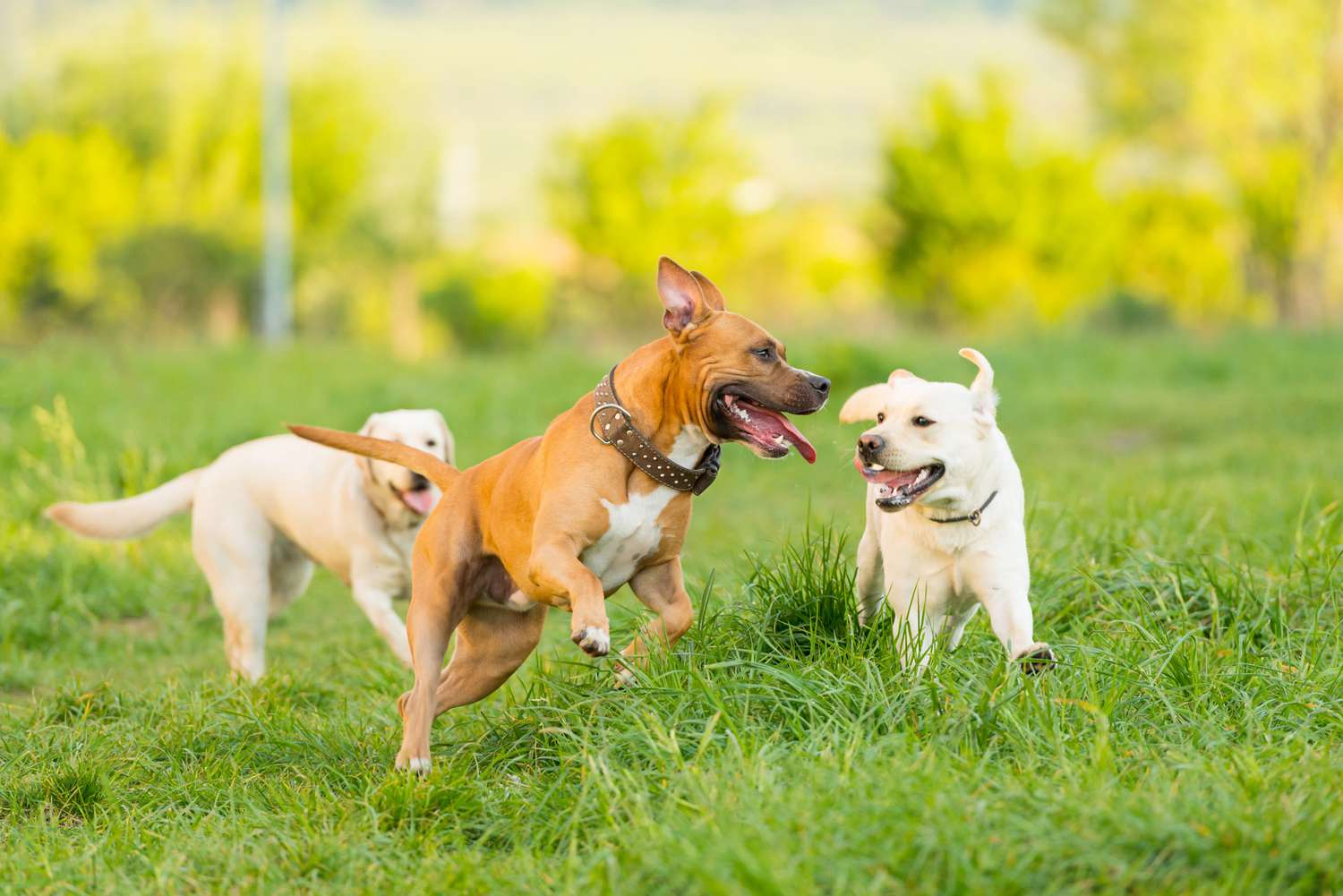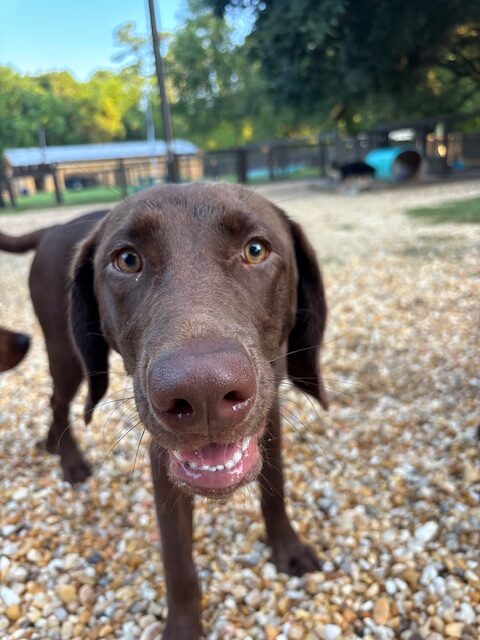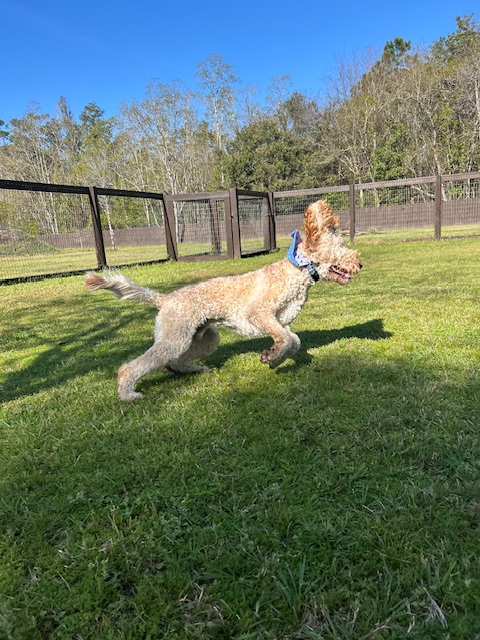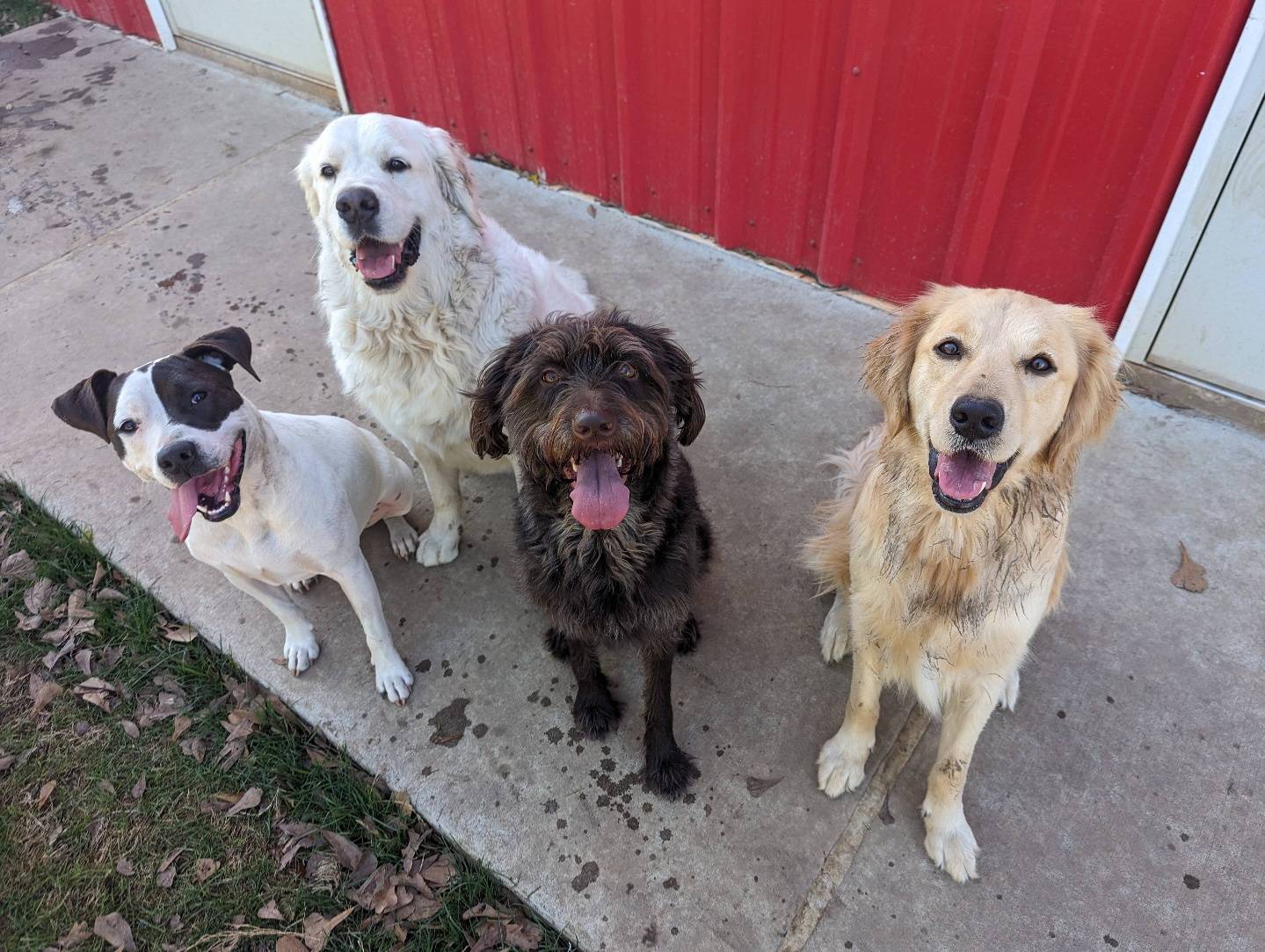Dogs are more than just playful companions. Their brains are constantly active, processing information, learning, and adapting to their surroundings. Just like humans, dogs need mental exercise to stay healthy and happy. A bored dog can become anxious, restless, or even develop destructive behaviors, while a mentally stimulated dog tends to be calmer, more obedient, and more engaged with their family. The good news is that keeping your dog mentally active can be fun, interactive, and done entirely at home.
Why Mental Stimulation Matters
Mental stimulation provides dogs with challenges that make them think, problem-solve, and use their senses in meaningful ways. When dogs engage in mentally enriching activities, their brains release dopamine and other feel-good chemicals, which reduces stress and promotes overall well-being. Mental exercise can also complement physical exercise, providing a full spectrum of activity that keeps dogs healthy in body and mind.
Certain breeds, particularly working dogs like Border Collies, Australian Shepherds, and Labrador Retrievers, require more mental stimulation than others. However, all dogs benefit from activities that encourage them to think, explore, and learn. Without this, dogs may develop attention-seeking behaviors, excessive barking, or even chewing and digging as a way to entertain themselves.
Puzzle Toys and Treat Dispensers
One of the simplest ways to stimulate a dog’s mind is with puzzle toys or treat-dispensing games. These toys require the dog to figure out how to retrieve a treat hidden inside, whether it involves sliding panels, turning knobs, or flipping lids. Treat-dispensing toys not only encourage problem-solving skills but also slow down fast eaters, making mealtime more engaging and satisfying.
Interactive puzzle toys can be rotated regularly to keep the challenge fresh. Even a simple muffin tin with tennis balls covering treats can be an inexpensive DIY way to challenge your dog. Each new configuration presents a different problem for your dog to solve, keeping their brain active and curious.
Hide and Seek Games
Hide and seek is a classic game that works wonders for mental stimulation. You can start by hiding in an easy-to-find spot and calling your dog’s name. Praise them when they find you, reinforcing the connection and encouraging them to think strategically about where you might be hiding next.
You can also hide favorite toys or treats around the house. This activity engages a dog’s natural scenting abilities and sharpens their problem-solving skills. Start with easy hiding spots and gradually increase the difficulty to keep the game challenging and rewarding.
Training and Trick Work
Training is an excellent form of mental exercise because it challenges dogs to focus, learn, and respond to cues. Even short sessions can tire out a dog’s brain more than a long walk. Start with basic obedience commands like sit, stay, and come, and then progress to more advanced tricks such as rolling over, weaving through your legs, or fetching specific items by name.
Positive reinforcement is key. Using treats, praise, or favorite toys as rewards keeps the training sessions enjoyable and motivating. Regular training also strengthens the bond between dog and owner, improves communication, and can make everyday interactions smoother and more predictable.
Scent Games and Nose Work
Dogs experience the world primarily through their sense of smell, making scent games a highly rewarding form of mental stimulation. You can hide small treats or pieces of kibble around the house or yard and encourage your dog to find them. This taps into their natural hunting instincts and provides a sense of accomplishment once they locate the hidden items.
For more structured nose work, you can introduce scent discrimination games, where your dog is taught to identify a particular scent among several options. These activities not only challenge their mind but also improve focus and concentration.
Interactive Play and Tug Games
While physical play is often thought of as purely exercise, interactive games like tug-of-war or fetch can provide mental stimulation as well. Games that require strategy, such as tossing a toy in varying directions or teaching your dog to “drop it” and “fetch again,” engage their brain as they anticipate and respond to your actions.
Rotate toys and introduce small variations in play to keep your dog attentive and mentally engaged. Short, frequent sessions are usually more effective than long bouts of repetitive play.
Enrichment Through Environmental Changes
Even simple changes to a dog’s environment can stimulate their mind. Rotate their toys, create obstacle courses in the living room, or introduce new textures and surfaces to explore. Allow supervised exploration of new areas or objects around the home, such as cardboard boxes, tunnels, or interactive feeders. These small modifications create novelty and curiosity, encouraging your dog to think and problem-solve.
Social Interaction
Social stimulation is another vital aspect of a dog’s mental health. Inviting friends or family over with their dogs for supervised play sessions can provide new experiences, teach social skills, and reduce anxiety. Observing and interacting with other dogs helps your dog learn appropriate behaviors and keeps their mind engaged in dynamic social situations.
Benefits Beyond Entertainment
Mentally stimulating activities offer more than just fun. They reduce stress, improve behavior, strengthen the bond with their owner, and can even slow cognitive decline in older dogs. Incorporating regular brain exercises into your dog’s daily routine contributes to a happier, healthier, and more well-adjusted pet.
Making Mental Exercise Part of Daily Life
Consistency is key. Short sessions multiple times a day are more effective than occasional long bouts of activity. Combine physical exercise with mental challenges for a balanced routine. Even five minutes of puzzle play, a quick training session, or a simple scent game can make a significant difference in your dog’s mental well-being.
Remember, every dog is unique. Pay attention to their preferences and energy levels, and adjust activities accordingly. Some dogs may prefer scent games over puzzle toys, while others may enjoy training sessions more than interactive play. Observing and responding to their interests ensures that mental stimulation remains engaging and rewarding.
Conclusion
Keeping your dog mentally stimulated is just as important as providing exercise and proper nutrition. By incorporating fun games, puzzle toys, training sessions, scent activities, and interactive play into daily life, you can support your dog’s mental health, reduce unwanted behaviors, and enhance their overall quality of life. A happy, engaged dog is a confident, well-behaved companion, ready to enjoy life and strengthen the bond you share.







